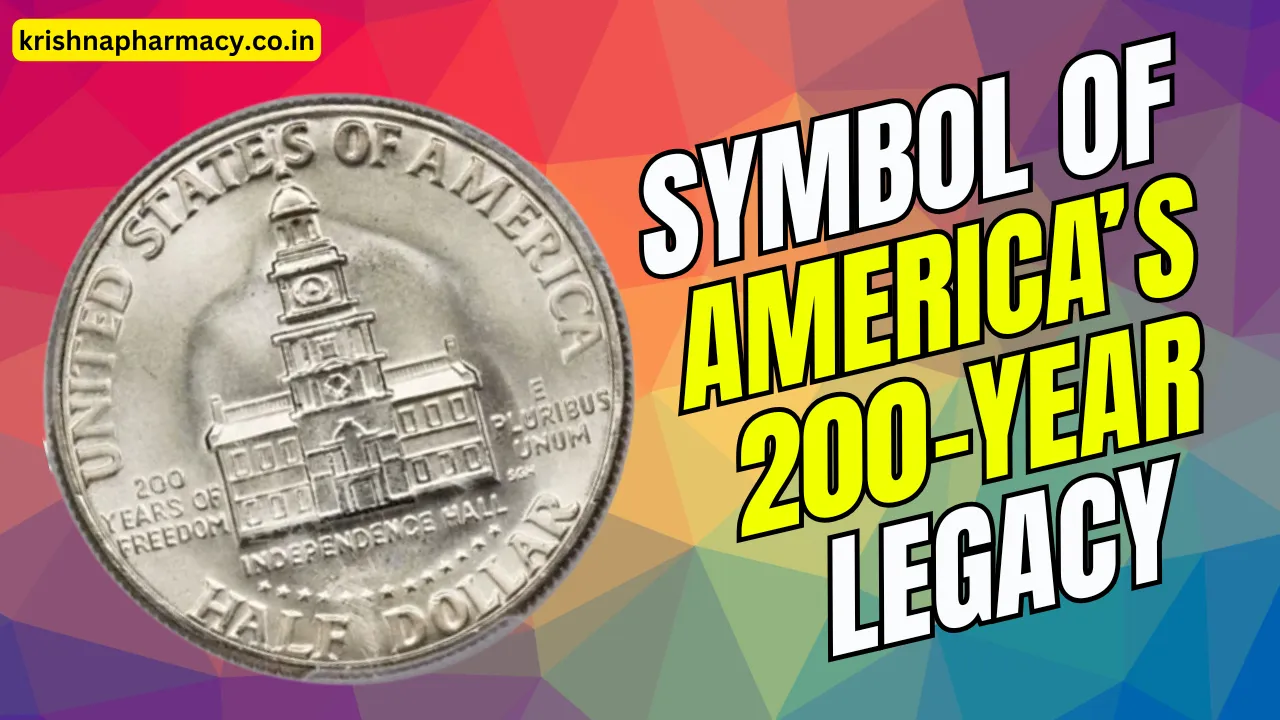Bicentennial Dollar: The Bicentennial Dollar is more than just a coin—it’s a tribute to the enduring spirit of America. Released in celebration of the nation’s 200th anniversary of independence in 1976, this iconic coin captures a historic moment in time. With its dual-dated design (1776-1976) and symbolic imagery, it remains a cherished collectible and a testament to the patriotic fervor of the era.
This article dives into the fascinating history, design, and legacy of the Bicentennial Dollar. From its unique creation process to the value it holds today, we’ll explore everything you need to know about this remarkable piece of American history.
Overview of the Bicentennial Dollar
| Feature | Details |
| Release Date | 1975-1976 |
| Designer | Dennis R. Williams |
| Key Design | Liberty Bell over the Moon |
| Mint Locations | Philadelphia (No Mark), Denver (D), San Francisco (S) |
| Special Sets | 40% Silver Uncirculated & Proof Sets |
| Reverse Variants | Type I (Thicker Lettering), Type II (Refined Lettering) |
| Total Mintage | Over 220 Million |
The Origin of the Bicentennial Dollar
The Bicentennial Dollar was born out of a nationwide effort to commemorate the 200th anniversary of the United States. In 1974, the U.S. Treasury Department announced a design competition for the coin’s reverse side. Among the many submissions, a young sculpture student named Dennis R. Williams emerged as the winner.
His design featured the Liberty Bell superimposed on the Moon, blending two powerful American symbols: the fight for independence and the nation’s achievements in space exploration. This design became an instant classic and resonated with millions across the country.
Minting began in 1975, and the coins featured a dual date (1776-1976) to mark the historic occasion.
A Closer Look at the Design
The Bicentennial Dollar carries symbolism on both sides:
- Obverse (Front): Retains the image of President Dwight D. Eisenhower, honoring his contributions to the nation.
- Reverse (Back): The Liberty Bell over the Moon serves as a symbolic connection between America’s founding ideals and its space-age accomplishments.
The design captures the nation’s journey from its revolutionary roots to its achievements in modern science and technology.
Production and Mint Locations
The Bicentennial Dollar was produced across three key minting facilities:
- Philadelphia Mint: No mint mark on the coin.
- Denver Mint: Marked with a “D.”
- San Francisco Mint: Struck proof and silver sets, marked with an “S.”
Over 220 million coins were produced, ensuring that every American could have a piece of this historic celebration.
Special Edition Silver Sets
In addition to the regular circulation coins, the U.S. Mint released special 40% silver Bicentennial coin sets:
- Uncirculated Set: A premium set with a polished finish.
- Proof Set: High-quality coins with mirror-like surfaces.
Both sets included the Bicentennial Quarter, Half Dollar, and Dollar, making them valuable keepsakes for collectors.
Type I vs. Type II Bicentennial Dollars
One of the intriguing aspects of the Bicentennial Dollar is the existence of two reverse design types:
- Type I: Features bold, sans-serif lettering. These were the earliest strikes and are relatively scarce.
- Type II: Features thinner, serifed lettering and became the standard design.
While both types are collectible, Type I Bicentennial Dollars often command higher value due to their limited production period.
Rarity and Value of the Bicentennial Dollar
Although the Bicentennial Dollar isn’t rare in general, high-grade specimens and Type I coins have become highly sought after.
- A Type II Bicentennial Dollar graded MS67+ recently sold for $10,800 at an auction.
- Common circulated coins, even in decent condition, typically sell for $1-$3.
- High-quality proof or silver sets are often valued between $25-$50.
Collectors value these coins not just for their monetary worth but for their historical significance.
Why the Bicentennial Dollar Is a Collector’s Favorite
1. Symbolic Design:
The unique imagery of the Liberty Bell over the Moon tells a powerful story of freedom and progress.
2. Historical Significance:
It marks a pivotal moment—the 200th anniversary of American independence.
3. Affordable Collectible:
While rare versions can fetch high prices, most Bicentennial Dollars are still accessible to everyday collectors.
4. Variety:
The Type I and Type II designs offer collectors additional avenues for building unique collections.
Interesting Facts About the Bicentennial Dollar
- Designed by a Student: Dennis R. Williams was only in his early 20s when he won the design competition.
- First Moon Connection on a Coin: The Moon motif was groundbreaking for U.S. coin designs.
- Mass Production: Over 220 million Bicentennial Dollars were struck.
- Dual Date: The coin uniquely features the years 1776-1976.
FAQs About the Bicentennial Dollar
What is the Bicentennial Dollar made of?
Regular coins are made of copper-nickel clad, while special editions contain 40% silver.
Who designed the Bicentennial Dollar?
The reverse was designed by Dennis R. Williams.
Are Bicentennial Dollars rare?
Common versions aren’t rare, but Type I or high-grade specimens are valuable.
How can I identify a Type I or Type II Bicentennial Dollar?
Type I has thicker, bold lettering, while Type II has thinner, refined characters.
What is the value of a Bicentennial Dollar?
Circulated coins are worth $1-$3, while proof and high-grade coins can be worth significantly more.
Final Thoughts
The Bicentennial Dollar is more than just currency—it’s a celebration of America’s spirit, history, and ambition. Whether you’re a collector, history buff, or someone who simply appreciates iconic designs, this coin offers a tangible connection to one of America’s most significant milestones.
Do you own a Bicentennial Dollar? Share your story or let us know your favorite fact about this remarkable coin! Happy collecting!
